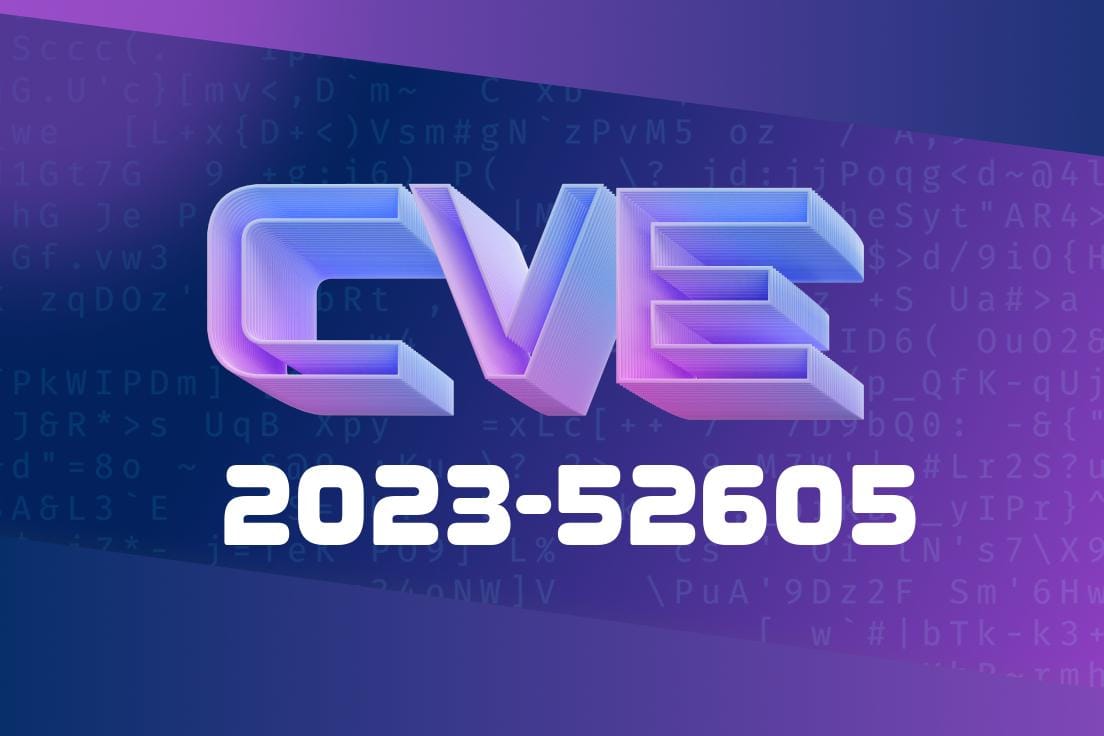Sometimes, not every security story ends with a big exploit. Today, we're talking about CVE-2023-52605—a CVE ID that had its moment in the sun, but was ultimately rejected. Let’s dive into what happened, why it matters, and what you need to watch for when you see a “rejected” CVE ID.
What is CVE-2023-52605?
CVE-2023-52605 was assigned as a unique identifier for a potential security issue, but if you’re reading this, you already know the twist: this CVE doesn’t lead to a real vulnerability. The _official record_ shows the following:
> "REJECT Reason: This CVE ID has been rejected or withdrawn by its CVE Numbering Authority. No further information will be provided."
This message comes straight from the CVE website itself.
Why Was CVE-2023-52605 Rejected?
Every year, thousands of CVEs are reported. Not all end up being genuine security problems. A CVE might be rejected for reasons like:
Reporter Mistake: The issue doesn’t exist or isn’t exploitable as claimed.
The official CVE registry keeps things clean by marking these IDs as rejected. The rejection of CVE-2023-52605 likely means one of the above reasons happened—but the exact details are not provided in public records.
Can You Exploit CVE-2023-52605?
Short answer: no, there is nothing to exploit. But let’s show what this might look like in a hypothetical sense, to help you spot rejected CVEs in your workflow.
# Let's pretend there is a vulnerable function
def process_input(user_input):
# This code is SAFE: No vulnerability here!
print("User input is: %s" % user_input)
# Security scan might have flagged this, but on review, it's not dangerous.
process_input("Hello World!")
Security tools sometimes throw false alarms on code like this. When proper investigation happens, experts rule “no issue,” and the CVE is rejected—exactly what happened here.
How Do You Know a CVE is Rejected?
When searching vulnerability databases or using tools like NVD, look for a big red REJECTED message.
Example from CVE.org:
Don’t Panic: There is no real risk.
2. Update Your Tools: Some scanners get confused by rejected CVEs. Make sure your security software ignores these.
3. Communicate: If coworkers or customers ask about a rejected CVE, send them the official link and explain the reasoning.
References and Further Reading
- CVE-2023-52605 Official Record
- CVE List Search
- Understanding CVE Rejections
- National Vulnerability Database
Conclusion
CVE-2023-52605 is a clear lesson in how security works behind the scenes. Not every CVE makes headlines—some are quietly withdrawn after review. If you find a rejected CVE like this one, you can safely move along.
Stay smart and keep your software (and security knowledge) up to date!
Timeline
Published on: 03/06/2024 07:15:11 UTC
Last modified on: 03/18/2024 15:15:41 UTC
